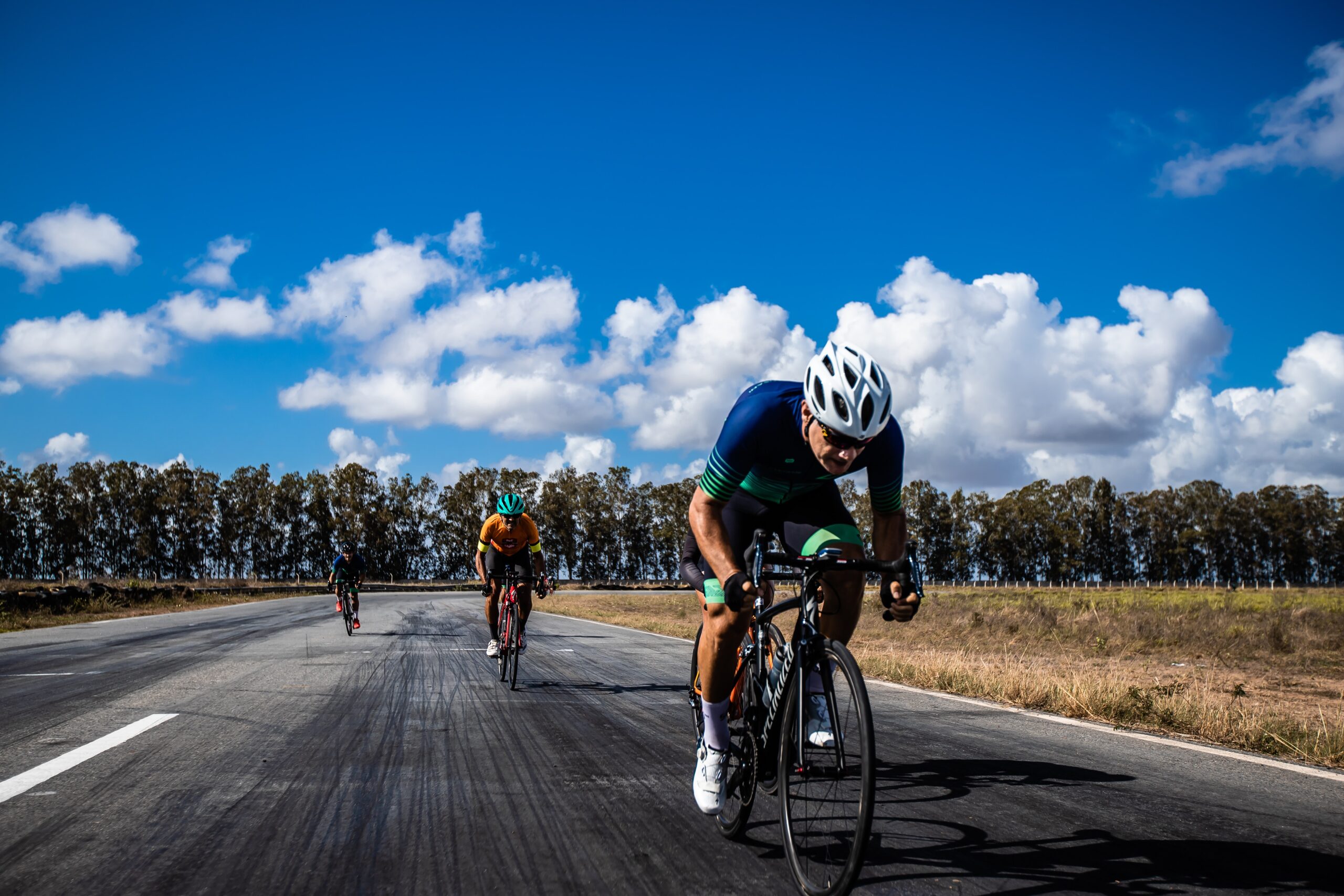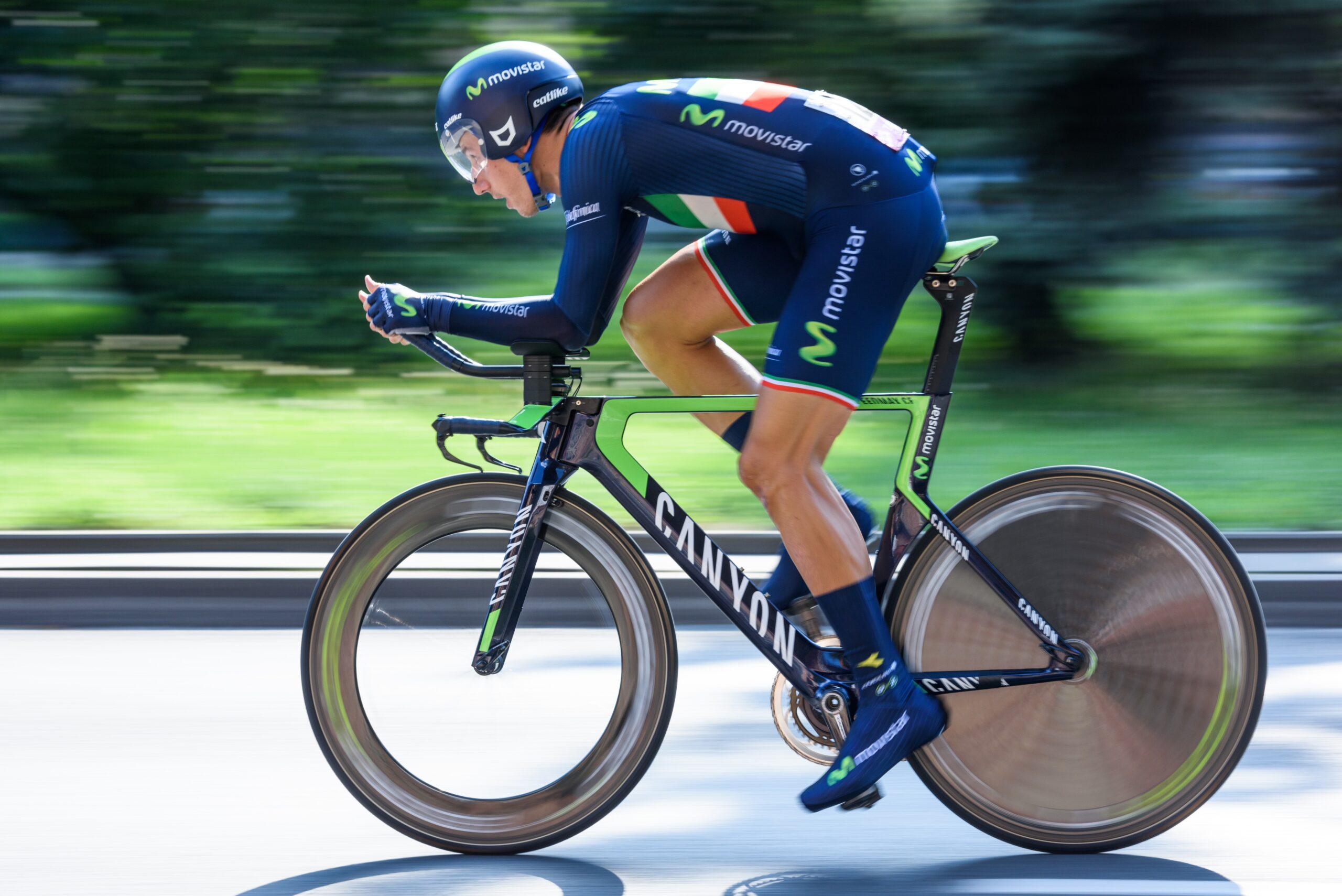Zone 2 workouts are classic endurance training sessions that contribute to various positive adaptations in your body. However, such endurance sessions are often perceived as boring and monotonous. Many cyclists and runners prefer chasing personal bests on average speed or power. This is a common ‘mistake’ when you’re training seriously towards a goal.
Energy Systems
At Science2Move, training sessions are designed using personalized training zones. These zones are determined through a maximal ramp test, during which changes in energy systems are analyzed. In a maximal ramp test, we determine your Zone 2 based on:
-
your relative maximal fat oxidation
-
and the so-called crossover point
This crossover point marks the transition from primarily fat-burning to carbohydrate-usage. In other words: at intensities below this crossover point, the body primarily uses fats. At intensities above this point, it mainly relies on carbohydrates.
While in zone 1 (recovery) primarily fat is used as fuel, in zone 2 (endurance training) a mix of fats and carbohydrates is utilized. The focus here is on the aerobic system. This means that your body uses oxygen to break down energy-rich nutrients (carbs and fats) and convert them into energy. The aerobic system takes longer to start up and releases energy more slowly, which is why it’s mainly used—unsurprisingly—during long, low-intensity endurance training.
When you have downloaded a training program from Science2Move on TrainingPeaks, we will use general training zones, based on FTP and the principles of zone 2. The exercise intensity will approximately be in the range of:
- Bike power: 55-75% FTP
- Bike HR: 80-89% FTHR
- Run pace: 78-88% FTPa
- Run HR: 83-90% FTHR
What Are You Training?
Training in this zone offers many benefits. By training in zone 2, you’re teaching your body to produce energy efficiently. You’re encouraging it to burn more fats and carbohydrates aerobically, deliver more oxygen to the muscles, and use that oxygen efficiently. Additionally, longer zone 2 workouts are great for getting used to spending extended periods in the saddle or running. The intensity is relatively low, making these sessions ideal for working on your cycling and running technique—like cadence and breathing control.
-
Stimulates aerobic fat and carbohydrate metabolism
-
Improves oxygen delivery to the muscles
-
Promotes muscular endurance adaptations
-
Enhances metabolic efficiency
-
Improves muscle blood flow
Nutrition & Hydration
One of the goals of this type of workout is to stimulate fat burning. So avoid taking in carbohydrates too early. By consuming carbs, you’re giving your body an easy energy source. For example, after about 60-90 minutes (cyling) or 45-60 minutes (running), you could take a bar, banana, or energy gel. Also, make sure you stay properly hydrated—including replenishing minerals!
More info on: https://victus.sport/en/ecosystem/?ref=otzhztb










